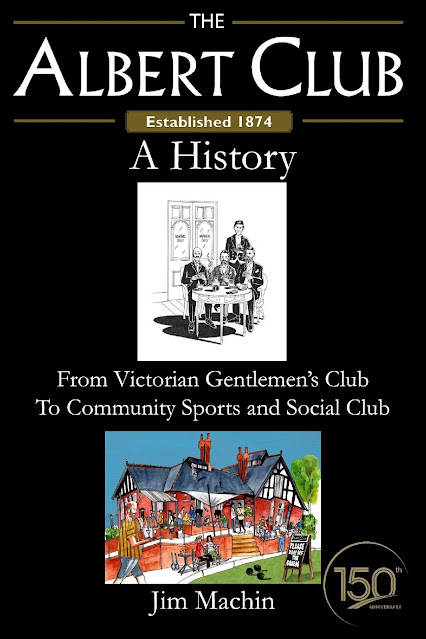The publication of our first book in the new series on The History of Great Manchester By Tram has stirred the pot with plenty of people commenting that it’s a novel way to record the past. *
 |
| Arriving at Deansgate Castlefield, 2023 |
After all there are ninety-nine tram stops across the network and each one will have its own history.
 |
| Shudehill after the trams have gone, 2023 |
Peter will paint a picture of the stop and surrounding buildings, and I will find stories about each stop, which will build into a mosaic of tales about Greater Manchester’s past.
And it occurred to me that along the way it would be fun to find out which metro stop comes out as a favourite of those who use them.
I must confess to having several.
Cornbrook is one because it affords fine views of two canals and the changing landscape as each year more new apartment blocks replace the old industrial brown field sites.
But then Deansgate Castlefield, also has a canal, the old Knott Mill Railway Station and is just a few minutes’ walk away from the city’s own Heritage Park, along with some fine bars and historic pubs.
 |
| Sneaking up on Mr's Pankhurst in St Peter's Square, 2022 |
And both of these stops vie with St Peter’s Square, which has a popular open space from which to take in Central Ref, the Town Hall Extension, the Midland Hotel and Mrs Pankhurst addressing an audience.
Peter is attractedto several but it would be presumptuous of me to reflect on just why Shudehill and New Islington are on his list.
So, that is it.
You can nominate your own selected stop, including a picture and a few sentences which can be sent to us as a comment via, the blog, social media or an old fashioned postcard.
 |
| Busy tram day, Deansgate Castlefield, 2023 |
 |
| Missing the tram from Cornbrook, 2024 |
Pictures; my tram stops, 2018- 2023, from the collection of Andrew Simpson
*Trafford Bar to East Didsbury, The History of Greater Manchester By Tram, The Stories At The Stops, Andrew Simpson & Peter Topping, 2024.
 |
| The tourists at St Peter's Square, 2018 |
It is available from Chorlton Bookshop, and from us at www.pubbooks.co.uk, price £4.99











































